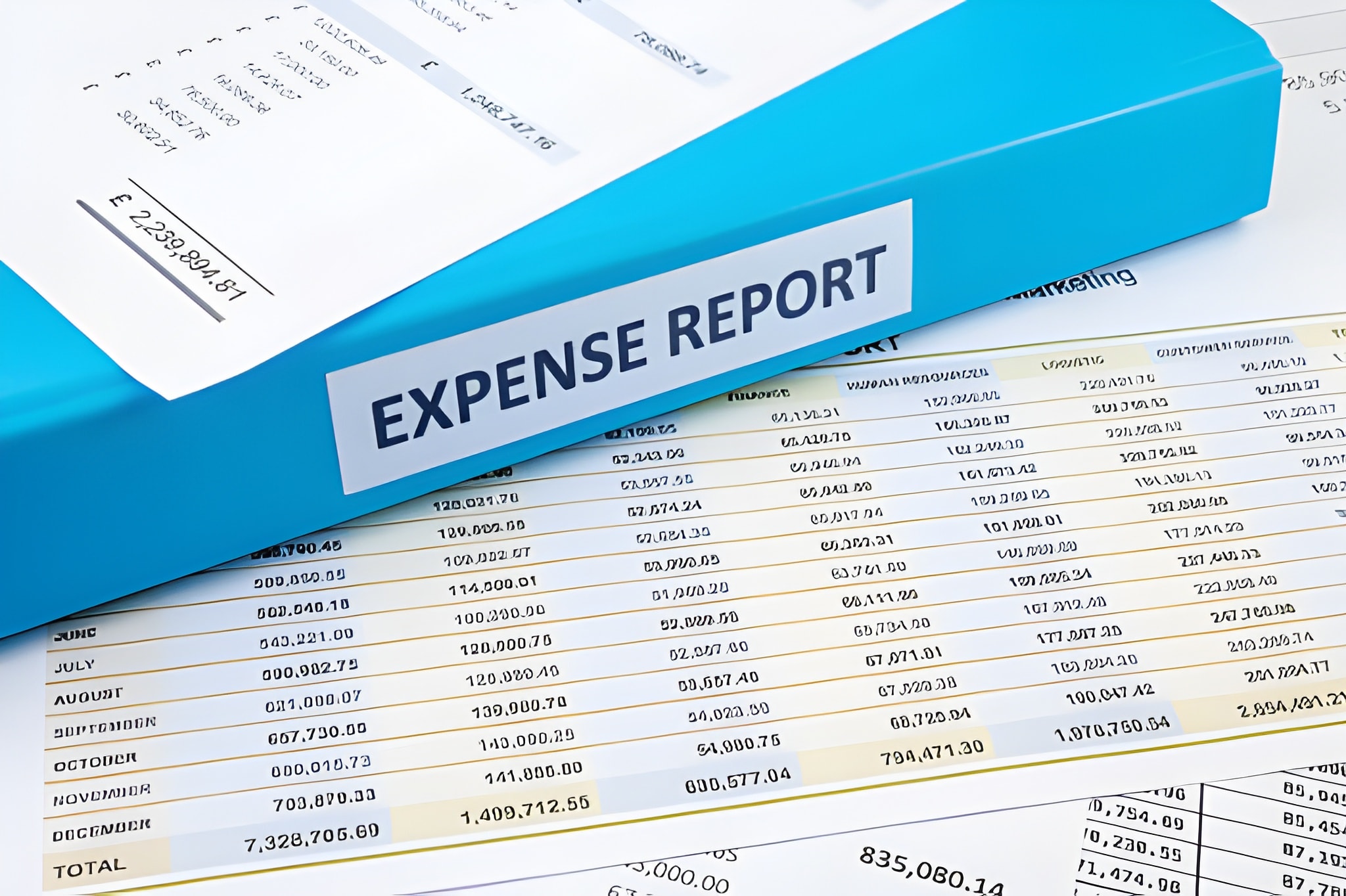Understanding Expense Management
When discussing the financial functions of an organization, expense management always plays a crucial role. It involves tracking, approving, and reimbursing employee expenses, from travel and meals to office supplies and client meetings. When managed strategically, it helps companies maintain financial discipline, ensure compliance, and make informed business decisions.
However, when handled manually, it can quickly turn into a productivity bottleneck that drains time, accuracy, and growth potential.
The Unseen Burden of Manual Expense Management
On the surface, manual expense management might seem simple, employees submit receipts, managers approve them, and finance reimburses through payroll. But behind the scenes, it’s a maze of spreadsheets, email threads, delayed approvals, and endless follow-ups.
This traditional process not only slows down operations but also impacts accuracy and productivity.
Manual expense management relies entirely on human effort. Employees must collect receipts and fill out forms, while managers and finance teams manually review claims, check policy compliance, and process reimbursements.
Every minute spent on these repetitive tasks is time taken away from strategic, value-adding work.
How Time, Errors, and Delays Hurt Productivity and Finances
Handling expenses manually not only consumes time but also increases the risk of errors, from data entry mistakes to duplicate claims and lost receipts all leading to inaccurate reports and delayed reimbursements. These inefficiencies often show up in areas such as:
- Long approval cycles due to email-based submissions
• Repetitive data entry for HR and finance teams
• Misplaced receipts and audit difficulties
• Miscommunication between departments during verification
These inefficiencies ripple across the organization, delaying reimbursements for employees, burdening managers, and distracting finance teams from more strategic analysis. Over time, this manual workload becomes a financial burden, leading to inaccurate reports, policy violations, and budget overruns. Without automation, companies lose visibility and control, making cost management and forecasting far more difficult.
How Limited Visibility Becomes a Barrier to Growth
For growing businesses, scalability is essential yet manual expense management systems often fail to keep pace. As employee numbers and expenses increase, managing approvals, reimbursements, and records manually becomes time-consuming and inefficient.
Without a centralized system, visibility across departments, projects, and regions remains limited, affecting financial forecasting and resource planning. In hybrid or global workplaces, where travel management and remote reimbursements are frequent, these challenges multiply, restricting both financial control and strategic scalability.
Signs Your Expense Management System Needs an Upgrade
If your finance or HR team is constantly buried in spreadsheets, chasing receipts, or dealing with delayed reimbursements, it’s a clear sign your expense management process needs a rethink especially when issues like these starts to appear:
- Lack of real-time insights or expense tracking.
- Frequent policy violations or inconsistent claim approvals.
- Reimbursements taking weeks instead of days.
- Difficulty integrating with payroll or travel management modules.
Modern businesses require more than basic tracking; they need systems that integrate seamlessly across functions like HR, payroll, and leave management to create a unified workflow.
How Automation Reduces Costs and Improves Efficiency
Automated expense management systems replace manual processes with streamlined digital workflows. Employees can instantly submit claims, attach receipts, and track approvals in real time, while managers and finance teams review requests through defined workflows that ensure efficiency and compliance.
This shift to automation saves time, cuts administrative costs, and minimizes errors. With integrated payroll management and analytics, approved claims are reimbursed automatically, and spending trends become easier to monitor allowing finance teams to focus on strategic growth rather than manual processes.
Time to Rethink Expense Management
As business operations move further toward automation, relying on manual expense management is no longer practical. The hidden costs of wasted time, inefficiency, and declining productivity soon outweigh any short-term savings.
To overcome these challenges, businesses are turning to intelligent systems that simplify reporting, automate approvals, and integrate seamlessly with payroll. One such solution is FlowHCM, a comprehensive HR software with an advanced Expense Management module that helps reduce paperwork and ensure compliance, enabling organizations to operate more efficiently.







